Category Posts
-
Harley Engine Knocking Sound: Causes and Fixes


If you own a Harley Davidson motorcycle, you know that it’s more than just a machine. It’s a lifestyle, a passion, and a symbol of freedom. However, with great power comes great responsibility, and that…
Overlay Grid
Category Grid
Latest Articles
-
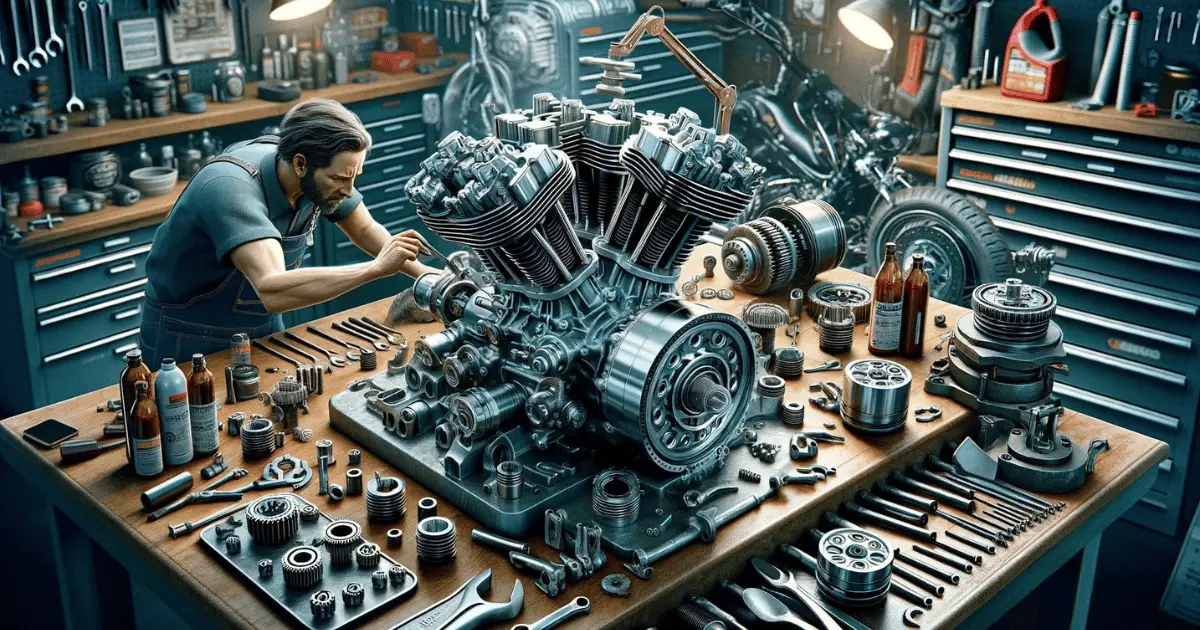
Harley Engine Knocking Sound: Causes and Fixes

If you own a Harley Davidson motorcycle, you know that it’s more than just a machine. It’s a lifestyle,…
-
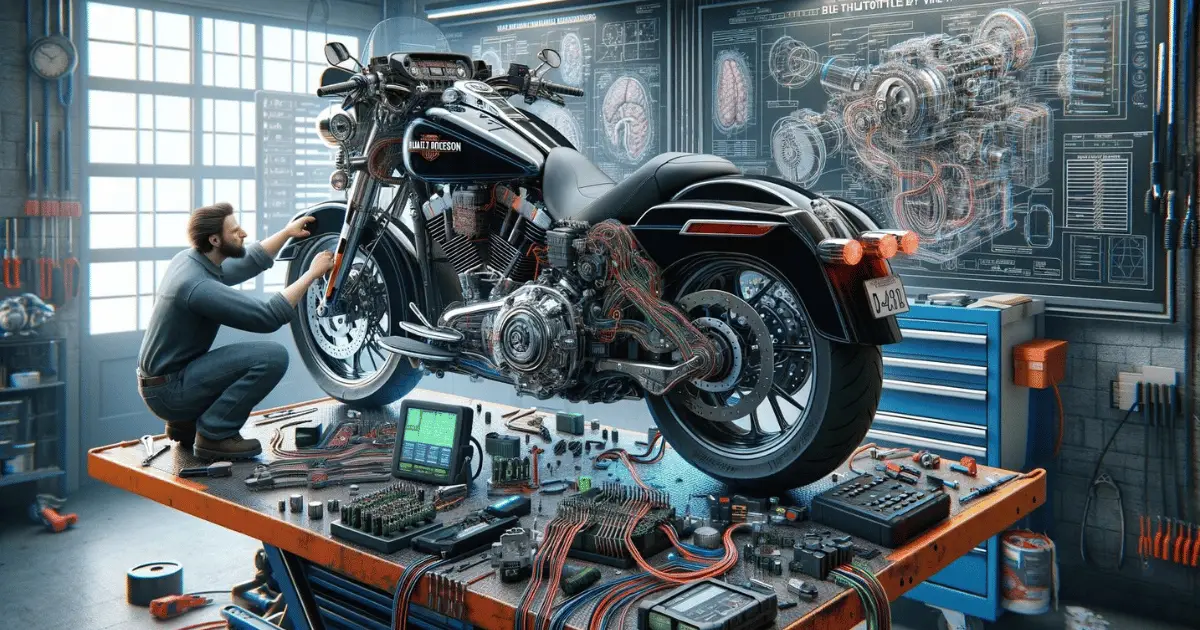
4 Most Annoying Harley Davidson Throttle by Wire Problems

Are you experiencing throttle by wire problems with your Harley Davidson? If so, you’re not alone. Many Harley riders…
-
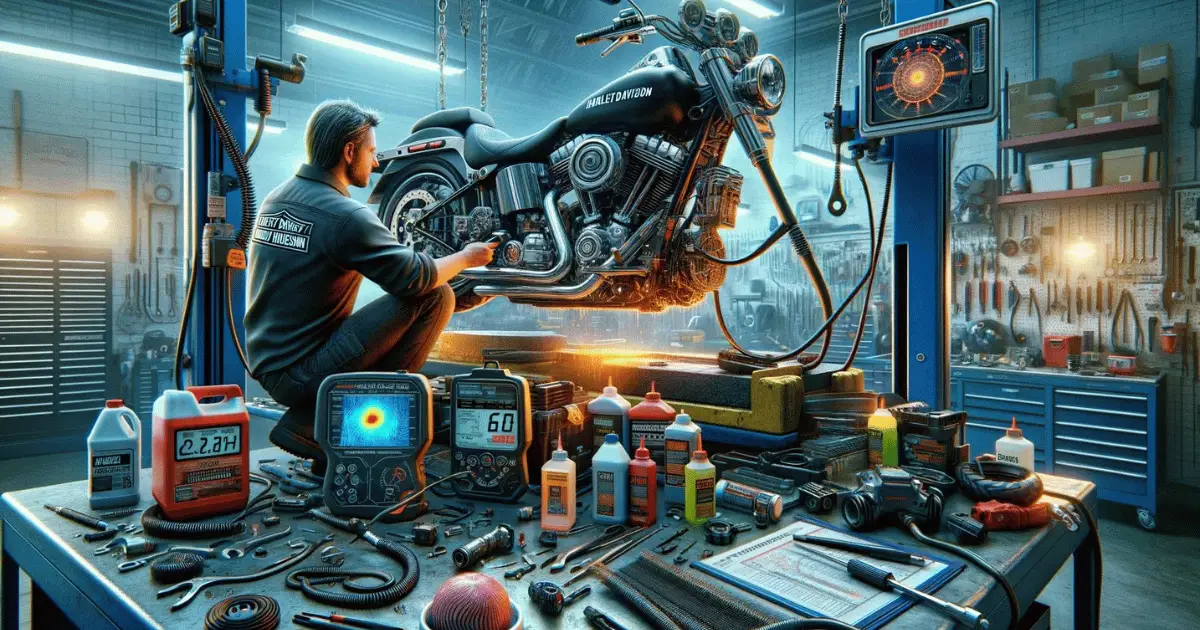
5 Harley Davidson Overheating Problems That Ruin Your Ride

Riding a Harley Davidson can be an exhilarating experience, but like any complex machine, it can run into mechanical…
-
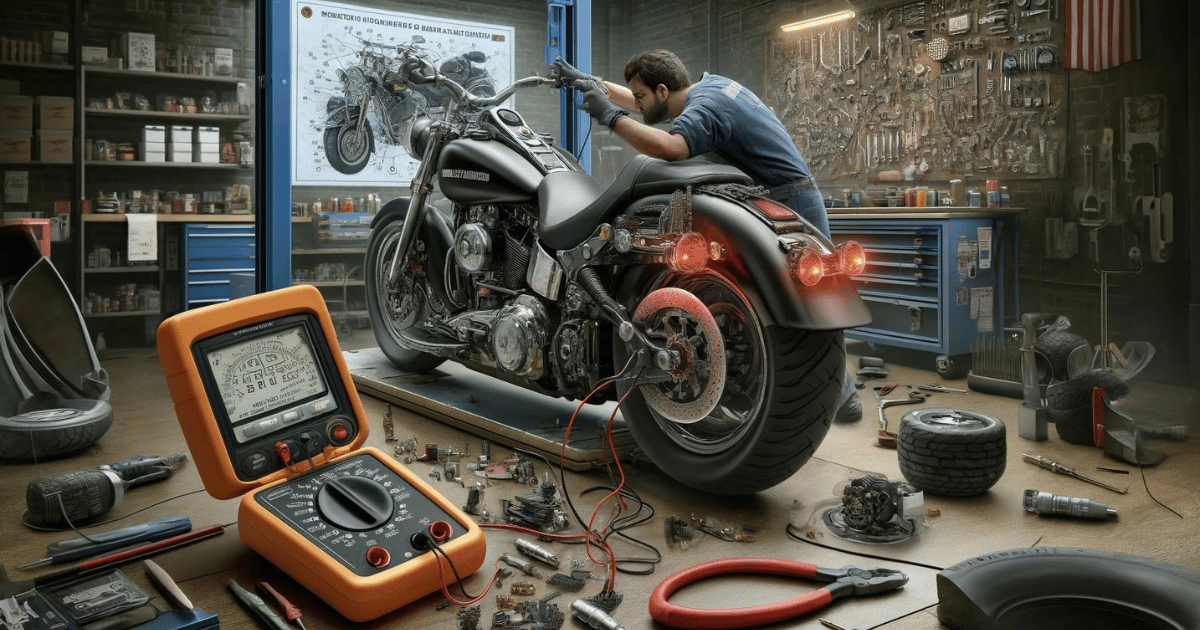
3 Harley Davidson Brake Light Switch Problems To Be Aware Of

When it comes to motorcycle safety, the brake light switch on your Harley Davidson plays a crucial role. This…
-
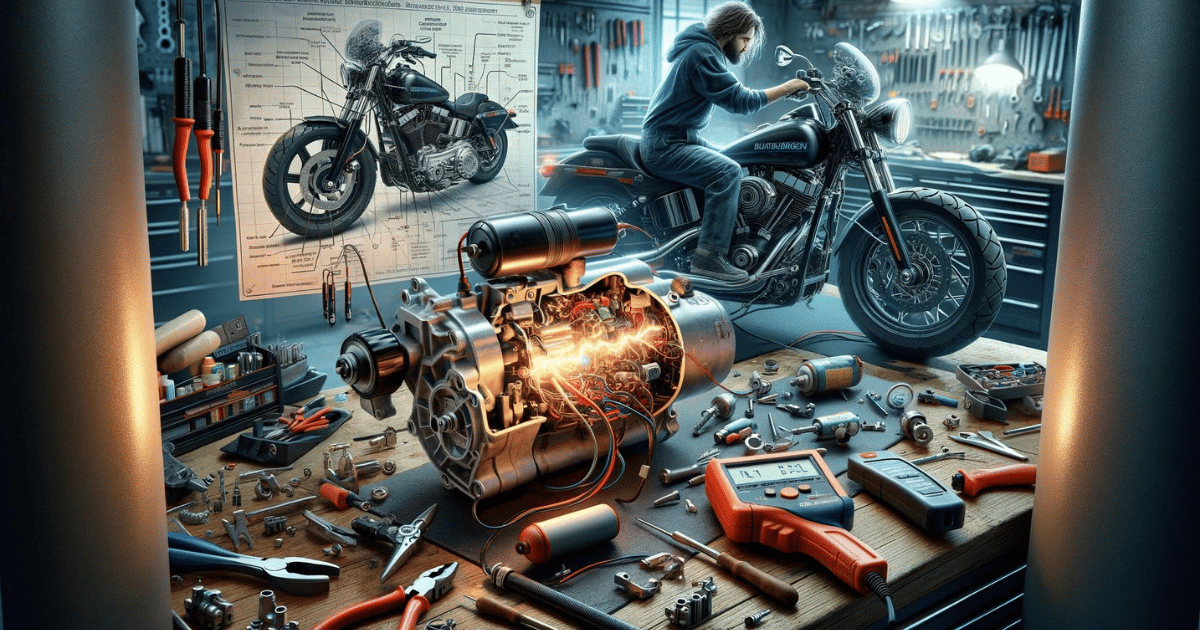
Total Harley Davidson Starter Problems Troubleshooting Guide

Having trouble with your Harley Davidson’s starter can be a daunting issue, but with a bit of knowledge and…
-
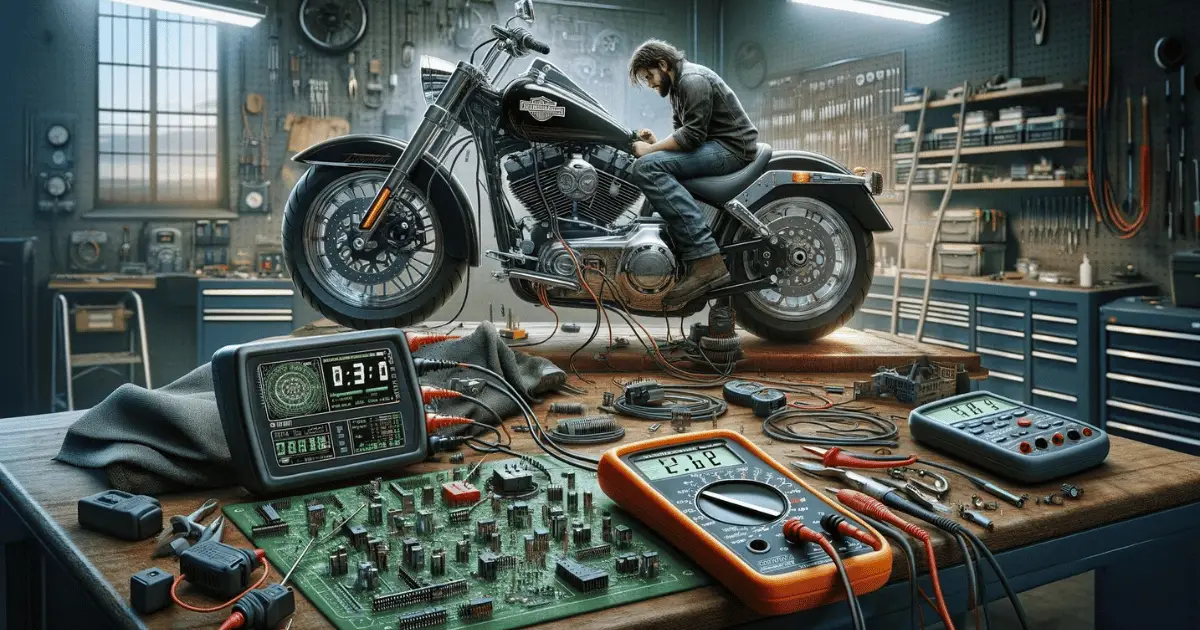
Harley Davidson Speedometer Not Working: Tips, Tricks & More

Having trouble with your Harley Davidson speedometer can quickly take the joy out of your ride. Your speedometer is…
Latest Articles
-
Harley Engine Knocking Sound: Causes and Fixes


If you own a Harley Davidson motorcycle, you know that it’s more than just a machine. It’s a lifestyle, a passion, and a symbol of freedom.…
-
4 Most Annoying Harley Davidson Throttle by Wire Problems


Are you experiencing throttle by wire problems with your Harley Davidson? If so, you’re not alone. Many Harley riders have reported issues with their TBW system,…
-
5 Harley Davidson Overheating Problems That Ruin Your Ride


Riding a Harley Davidson can be an exhilarating experience, but like any complex machine, it can run into mechanical issues, one of which is overheating. Overheating…
-
3 Harley Davidson Brake Light Switch Problems To Be Aware Of


When it comes to motorcycle safety, the brake light switch on your Harley Davidson plays a crucial role. This component is responsible for activating the brake…
-
Total Harley Davidson Starter Problems Troubleshooting Guide


Having trouble with your Harley Davidson’s starter can be a daunting issue, but with a bit of knowledge and the right approach, you can troubleshoot the…

